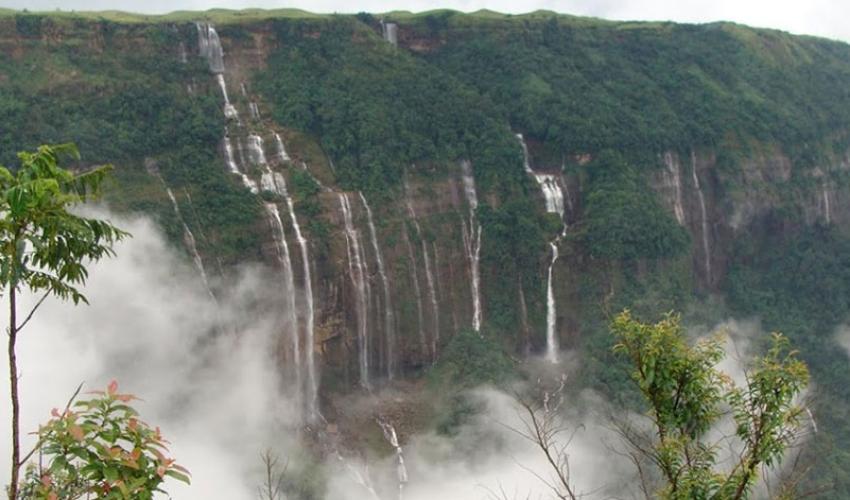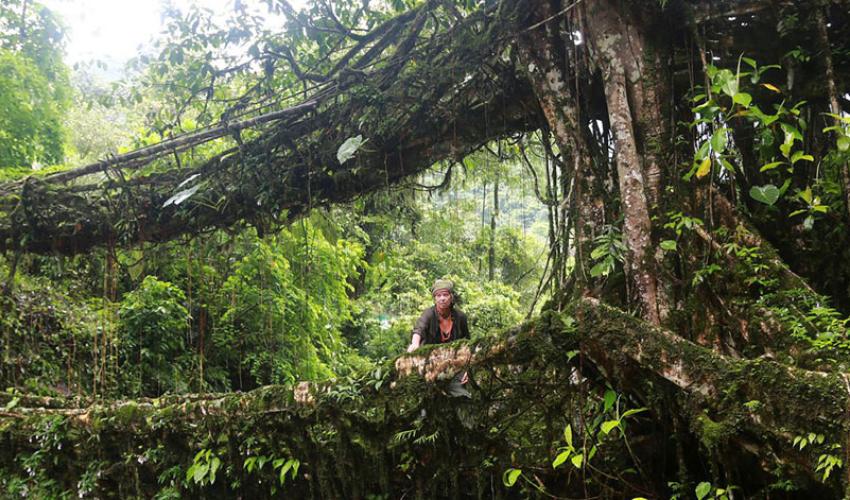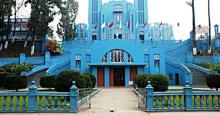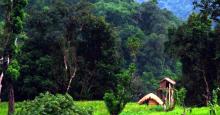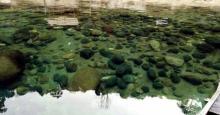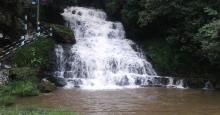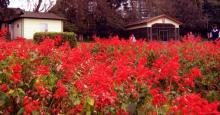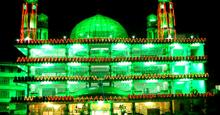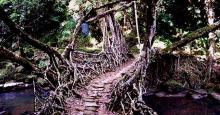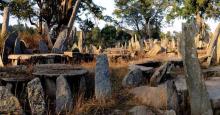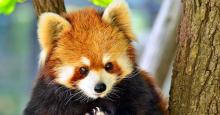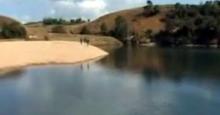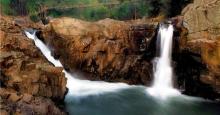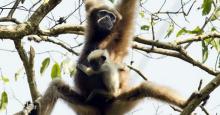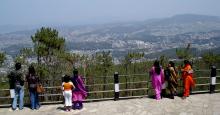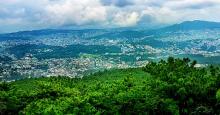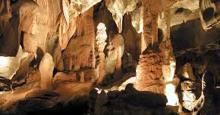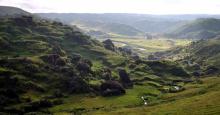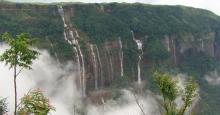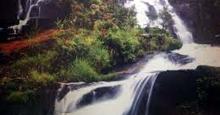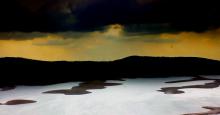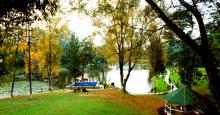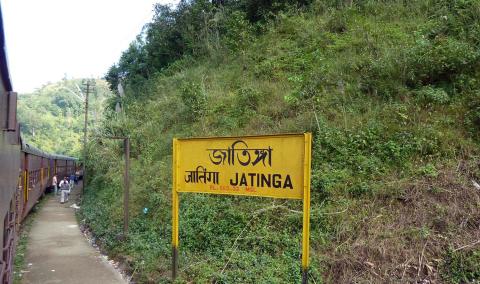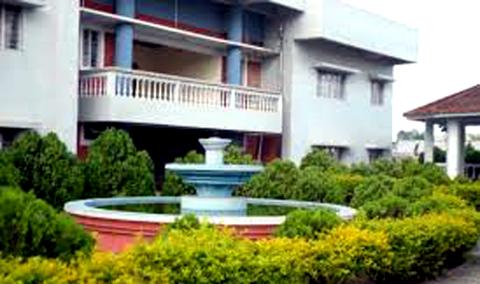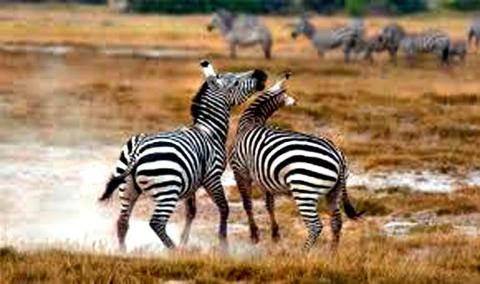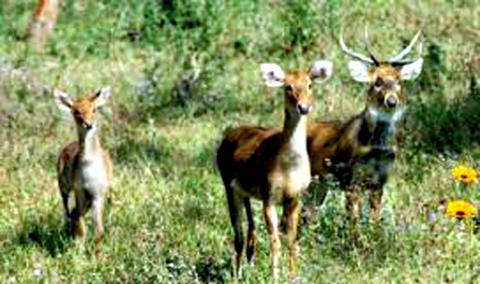Meghalaya, the abode of clouds, is a pristine jewel nestled in Northeast India. Renowned for its unparalleled natural beauty, lush green landscapes, cascading waterfalls, and living root bridges, this state is a haven for nature enthusiasts and adventure seekers alike.
A Tapestry of Nature and Culture
With approximately 70% of its land covered in dense forests, Meghalaya boasts a rich biodiversity. The state's unique geographical features, including the highest rainfall in India, have created a thriving ecosystem home to rare flora and fauna. Explore the enchanting living root bridges, a marvel of nature and human ingenuity, or trek through the pristine forests to encounter diverse wildlife.
Meghalaya's indigenous tribes, the Khasi, Jaintia, and Garo, have preserved their rich cultural heritage. Immerse yourself in their vibrant traditions, explore colorful local markets, and savor authentic cuisine. The matrilineal system, a unique social structure, adds another layer of fascination to the state's cultural tapestry.
Adventure Awaits
For adrenaline junkies, Meghalaya offers a plethora of adventure activities. Trek through challenging terrains, explore mysterious caves, or indulge in thrilling water sports. Rock climbing and hand gliding enthusiasts will find their paradise here.
A Tourism Boom on the Horizon
Recognizing its immense tourism potential, Meghalaya is rapidly developing its infrastructure and tourism offerings. The state government is focused on creating world-class experiences for visitors while preserving the environment and supporting local communities.
Key attractions include:
- Shillong: The capital city, often referred to as the "Scotland of the East," offers a pleasant climate, colonial architecture, and stunning natural surroundings.
- Cherrapunji: Known for its record-breaking rainfall, Cherrapunji is a must-visit for nature lovers. Explore the living root bridges, the Seven Sisters Falls, and the Mawsmai Cave.
- Dawki: This serene border town offers crystal-clear river bathing, boating, and kayaking.
- Living Root Bridges: These iconic structures, found in the dense forests of Meghalaya, are a testament to the ingenuity of the Khasi people.
Experience Meghalaya: Where Nature and Culture Converge
Whether you seek adventure, tranquility, or cultural immersion, Meghalaya has something to offer every traveler. Let the magic of this pristine state enchant you.
